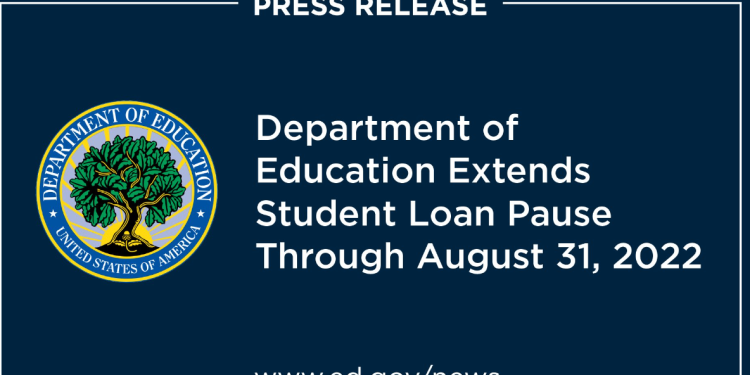Whether you’re looking to get an education, or you’re already in school and need financial help, the Department of Student Loans can help you find the right loan for your situation. There are many options available, including subsidized and unsubsidized loans, forbearance and forgiveness, and more.
Forbearance
Despite the high costs, student loan forbearance can be a valuable short-term solution for many people in a financial crisis. However, borrowers should only pursue forbearance after exhausting other options. If they fail to make payments, they may damage their credit score and end up paying more in interest.
The Department of Education has announced plans to limit the length of forbearance to 36 months. This is because borrowers who are placed into long-term forbearances miss out on critical progress toward loan forgiveness.
Forbearance is available for federal loans such as Direct, Perkins, and Family Federal Education Loans. There are also forbearances for disaster victims.
There are two primary types of forbearance: discretionary and general. Discretionary forbearances are granted due to financial hardships, employment changes, or other circumstances.
Forgiveness
Earlier this year, the Biden Administration announced a student loan forgiveness program that could erase $1.6 trillion in debt. This was a significant step in the relief of student loans, but the scheme faced multiple legal challenges. Eventually, the Department of Education will release details of the plan.
The program offers up to $10,000 in loan forgiveness for borrowers who meet certain criteria. This includes those who have an AGI of less than $250,000 in 2020 and 2021. Those who are 65 years old or older can also qualify.
The Department of Education is working on a new income-driven repayment plan that will reduce monthly payments to five percent of discretionary income. The plan will also forgive any balances after 10 years of payments.
The new plan isn’t expected to be fully implemented until next year. The plan will also be subject to a public comment period.
Changes to the PSLF program
Until last month, the Department of Student Loan had not officially announced changes to the Public Service Loan Forgiveness (PSLF) program. But in October, the Biden administration made a few important changes.
One of the major changes is allowing borrowers to make more payments toward their forgiveness. The new rules will allow a borrower to make more than 120 qualifying payments.
The new rules also include a rule for determining which payment methods qualify for PSLF. This includes lump sum payments, installments, and forbearance. This will give more borrowers the opportunity to take advantage of the PSLF program.
The new regulations are targeted for implementation in mid-2023. They will also address some of the inaccuracies in the way payments are counted. These include the counting of partial payments and late payments.
Additional relief dollars for low- and middle-income borrowers
Approximately 45 million borrowers owe $1.6 trillion in student loans. This accumulated debt has an adverse effect on working families and young adults alike, and can be a source of stress and anxiety. The good news is that the federal government will provide additional relief dollars for low and middle income borrowers. Several types of student loan forgiveness will be available to borrowers.
For starters, the Department of Education (ED) will offer full discharges for borrowers who have their schools closed or are unable to complete their studies. It will also grant student debt forgiveness for those who receive a Pell Grant. A recent study by the Urban Institute found that debt forgiveness programs targeting Pell Grant recipients increase racial equity.
The Department of Education will also extend the current freeze on student loan collections until December 31, 2022. It will also offer targeted one-time debt relief to low and middle-income households.
Unsubsidized loans
Whether you are an undergraduate or graduate student, you may be interested in unsubsidized loans. They offer many benefits, including the ability to defer interest payments until after graduation. These loans can be a great way to help finance your education, but you’ll need to know how to get them.
First, you should know that the U.S. Department of Education ensures that the interest rates on these loans are reasonable. These rates are based on the cost of attendance. The rate is also influenced by the type of student you are and your grade level.
In general, the interest on subsidized loans is paid by the government while you are in school. Once you have graduated, you’ll have a six-month grace period during which you won’t have to pay interest. Then, you’ll have a standard repayment term of 10 years. In most cases, you can extend your repayment term by consolidating your loans.






